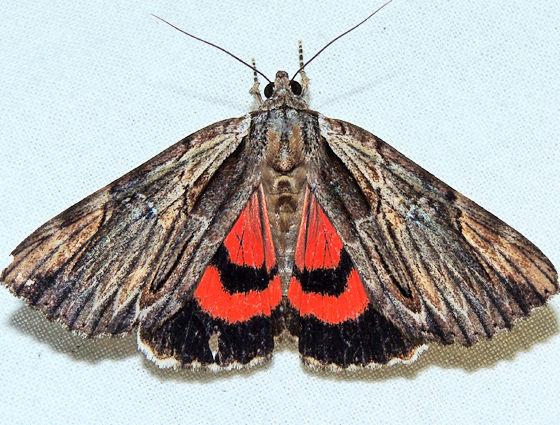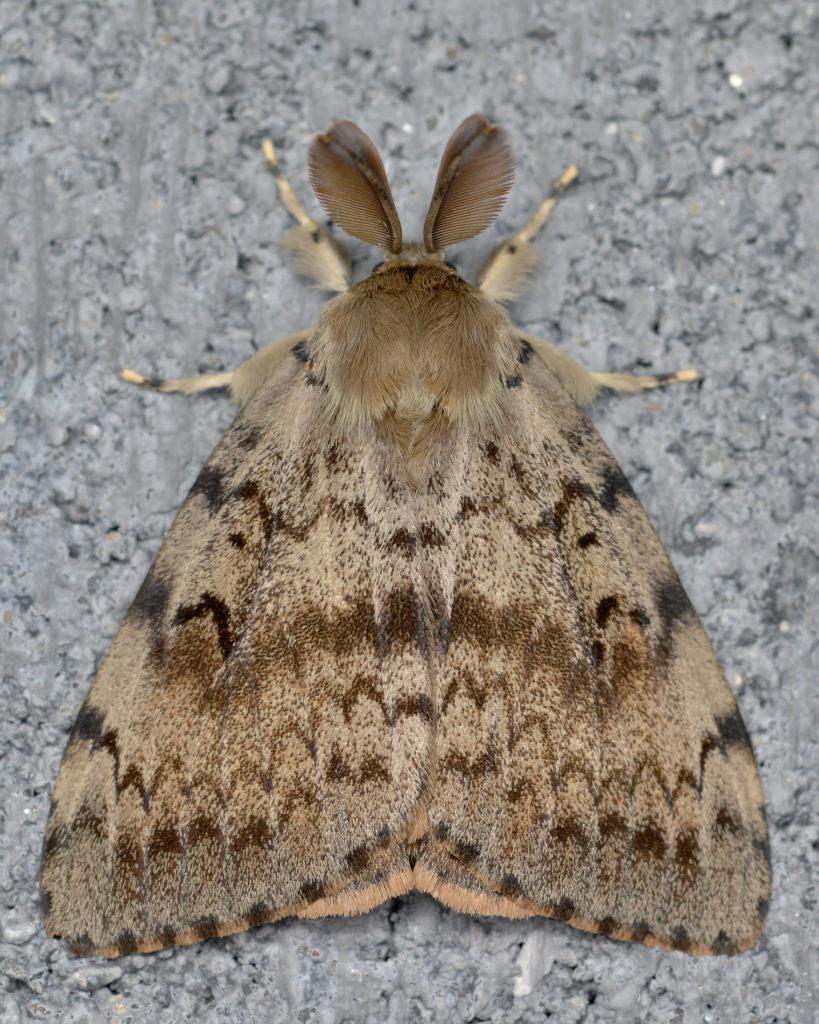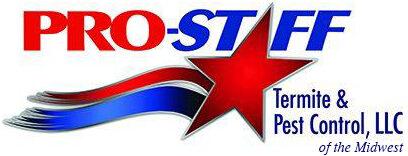
When people think of moths, images of winged bugs flying toward lights and patched up clothes come to mind. Most moths, however, will never fly toward a porch light or feed on a sweater. Moths in nature eat things like plant nectar, tree sap and animal droppings. In this way, they help with pollination cycles and disposal of decay. Many species of moths live in Iowa, and these moths are the most common.
Giant Silk Moths
These moths have “giant” in their name because they’re some of the largest in North America, with wingspans up to 4 inches. Their caterpillars feed on leaves of oak, birch, hickory, maple and willow trees. Like most moth species, the females are attracted to light, but the males are not. Giant silk moths can most commonly be found from May-July.

Underwings
This type of moth is named for the bright colors that can often be found under their wings, which protect them from natural predators. Underwings can mostly be found in Iowa during the months of July-October. They start out as eggs during the winter months, grow into caterpillars in May-August while feeding on poplar and willow leaves, then evolve to become full grown moths.

Hawk Moths
Hawk moths can be found in deserts, meadows and gardens from February-November. While they fly at dusk, like most moths, they can also be seen flying during the day, when they eat nectar from plants like columbines, petunias, and honeysuckle. They can be identified by their bullet-shaped bodies.

Smoky Moths
You can find this type of moth flying around day and night. They’re usually around May-June but can sometimes be seen as early as March and as late as August. Their distinctive feature is their metallic sheen. Some of these moths are brightly colored, but most are on the darker side.

Gypsy Moths
As the name suggests, gypsy moths travel. This is bad news for the areas where they land. This invasive species is a serious threat to forest trees and ornamental plants. They’re found in Iowa because they hitch rides on vehicles. The department of agriculture controls their population, but they need to be looked out for because of the harm they cause, especially in their most destructive caterpillar form.
Moths tend to stay outside, but when they come in, they eat stored food and textiles. If you find moths inside your home, reach out to Pro-Staff, your local West Des Moines pest control company. Give us a call at 515-279-7378 or contact us online.
